As a professional pilot, you plan for depressurisation and engine failures. Doing this thoroughly means also planning for fuel for the remainder of your flight which will be with reduced aircraft performance, should these unlikely failures occur.
For their first navigational exercises, student pilots are introduced to alternates as one of the many considerations when planning a flight. There’s often an element of ‘over the horizon’ in how we first learn about alternates. We are taught a linear narrative – fly to our destination, make an unsuccessful attempt to land, and proceed to our alternate.
Experience teaches us that decisions to divert are not always due to weather at the destination, but can be due to pressurisation or engine failure anywhere along the route. Therefore, the best alternate for each situation isn’t always the traditional alternate due to weather, lighting or navigation aids at the destination.
On 5 February 2021, a Qantas A330 was making a late-night run across the country, flying from Sydney to Perth at FL400. In the midst of the COVID-19 pandemic, only 61 passengers and 10 crew were onboard the aircraft which normally seats more than 300. Approximately halfway into the flight, about 235 nm south-west of Adelaide, the flight crew were presented with a warning on the electronic centralised aircraft monitor (ECAM) about a fault in the pressurisation system.
After initial investigation of the fault, the crew donned oxygen masks and began an emergency descent to 10,000 feet. Although an A330 safely operates at 10,000, it was now unable to continue through to its original destination, Perth, due to reduced fuel efficiency at the lower altitude; therefore, the crew diverted to Adelaide, an en route alternate, landing about an hour after the fault was detected.
When we think about alternates, most of us think about and understand destination alternates. However, in this case a different kind of alternate was used – the en route alternate. The concept of an en route alternate is seemingly straightforward, but how it integrates into flight planning is more complex.
A planning problem
Many factors come together when planning a flight. In determining which level to cruise at, the crew, aided by an operations team, will consider the aircraft’s weight, cruising performance and the wind conditions to decide the cruise level. The A330, like many other types, is pressurised and you’ll most commonly see these aircraft flying in the upper troposphere, often higher than 30,000 feet above mean sea level (AMSL) where the air is thinner and fuel economy is better.
But this introduces a problem – what would happen if the aircraft couldn’t stay high? What if the aircraft loses pressurisation and is forced to cruise below 10,000 feet? Putting aside the immediate issues of a depressurisation and the emergency descent, an A330 flying at 10,000 feet carries 2 big penalties, both associated with the denser air at lower altitudes – reduced true airspeed (from increased drag) and increased fuel burn (as the engine is less efficient at lower altitudes). Swapping from a normal cruise power setting at FL400 to long-range cruise at 10,000, an A330 will typically lose 150 knots of true airspeed but burn fuel at roughly the same hourly rate – drastically reducing fuel efficiency.
The result of this reduced fuel efficiency is a pressurised aircraft will need to carry spare fuel – just in case the aircraft depressurises at the worst possible moment. If there are no options en route, this means carrying enough fuel to get to the most critical point (equal time between departure and destination – also called an equi-time point), depressurise and then complete the remaining half of the flight at a lower level. This would require a considerable amount of extra fuel to be carried, fuel that displaces payload and diminishes normal cruise performance.
But as the 2021 incident demonstrated, there may be options for diverting. Enter the ‘en route alternate’ – an aerodrome at which an aircraft would be able to land in the event a diversion becomes necessary during the flight. Rather than considering the destination as the most critical point, we now become more interested in the most critical point along route and then to the nearest suitable aerodrome, not necessarily on route.
A regulatory change
In response to recommendations from the ATSB, in 2018 CASA issued Instrument 29/18, introducing new fuel planning requirements. The changes formalised into legislation procedures that had already been in the operations manuals of many operators. In 2021 these changes became part of CASR Part 91 for non-commercial operations, and 121 and 135 for Australian air transport (pax, cargo or medical transport for hire or reward) operations. Among the changes was the formal introduction of ‘additional fuel’ – a new row on the standard fuel plan that almost all pilots are already familiar with.
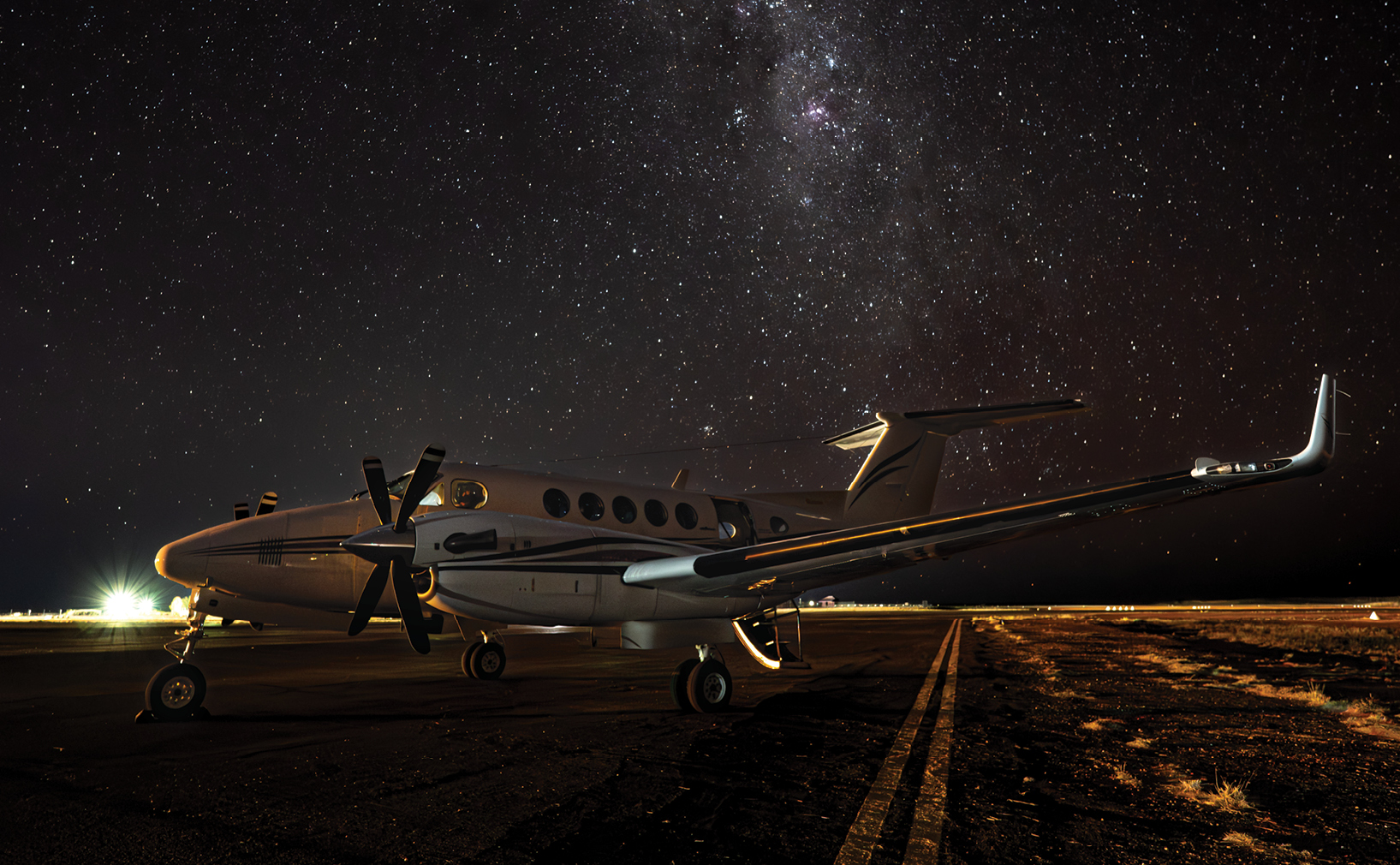
CASR 91 MOS defines ‘additional fuel’ as:
additional fuel means the supplementary amount of fuel required to allow an aircraft that suffers engine failure, or loss of pressurisation at the most critical point along the route, whichever results in the greater subsequent fuel consumption, to:
- proceed to an alternate aerodrome (or, for a rotorcraft, a suitable rotorcraft landing site)
- fly for 15 minutes at the holding speed for the aircraft at 1,500 feet above the aerodrome elevation in ISA conditions
- make an approach and landing.
For multi-engine and pressurised aircraft, CASR Part 91 now requires flight crews to determine the quantity of fuel required to fly normally to the most critical point of the flight, suffer an engine failure or loss of pressurisation and then continue through to the destination or en route alternate, arriving with sufficient fuel to hold for 15 minutes, make an approach and land.
For most operations, the one-engine inoperative case is rarely limiting – many multi-engine types become more fuel efficient operating on one engine. However, depressurisation almost always results in decreased fuel efficiency as the aircraft cruises in thicker air at lower levels, even when shifting from a normal cruise profile to long-range cruise settings – requiring formal consideration of ‘additional fuel.’
A critical point
Critical points are part of the knowledge syllabus for flight planning at all licence levels. Fundamentally, the critical point is where one option – perhaps returning to your departure aerodrome – ceases to be the sensible choice and another – perhaps continuing to your destination – becomes the better option.
Critical points are usually connected with equi-time points – the one most often considered is the equi-time point between departure and destination. However, when planning for additional fuel, the critical point is not always this halfway point.
An en route alternate is an alternate aerodrome at which an aircraft would be able to land in the event that a diversion becomes necessary while en route; if no other suitable aerodromes exist – other than departure and destination – the critical point will be the halfway point based on time. However, where other suitable aerodromes do exist off track or en route, the critical point will be the en route halfway point based on time between the departure or destination and the en route alternate.
Another important consideration is the departure point. If returning to your departure point is not a viable option – for example, if you’re departing an unlit strip just a few minutes before last light – when would be the worst scenario to suffer a depressurisation? Answer: immediately on departure; unable to return to your departure point, you are committed to flying the entire flight unpressurised. The critical point is this worst-case point, and the additional fuel carried would need to be sufficient to fly the remaining flight at 10,000 feet, to a departure alternate, enroute alternate, the destination or the destination alternate
A late night example
The complexities of planning for additional fuel are best illustrated with examples. Advisory Circular 91-15 provides some strong guidance on the topic and several scenarios to demonstrate when additional fuel is required. These examples illustrate the concept, but applying this to everyday flight planning scenarios can be challenging. Many pilots confront additional fuel for the first time when transitioning to a high-performance turbine, commonly a Pilatus PC12 or a Beechcraft King Air.
If you check FlightAware late at night, a common sight in WA will be a RFDS PC12 on its way from Port Hedland to Jandakot. As it is loaded with patients, medical crew and equipment, and possibly a requirement to carry holding fuel for weather at Jandakot, fuel margins can be tight.
It is important to understand the limitations of planning tools for automatic calculation of the depressurised or one-engine-inoperative critical points.
I know from personal experience that a key factor in this scenario is the phenomenal performance of the PC12 at higher cruising levels – 260 knots true airspeed at its service ceiling of FL300, burning only 353lb of jet fuel per hour. (Most PT6A installations measure fuel flow in pounds per hour – 1 lb is 0.454 kg.) But in planning at this more fuel-efficient flight level, the difference in fuel economy between FL300 and 10,000 feet is dramatic. If forced to descend following depressurisation, reducing to long-range cruise power yields 190 knots true airspeed, but the PT6A-67P engine still chews 378 lb per hour – a more than 30% drop in fuel economy (in terms of distance covered per unit of fuel).
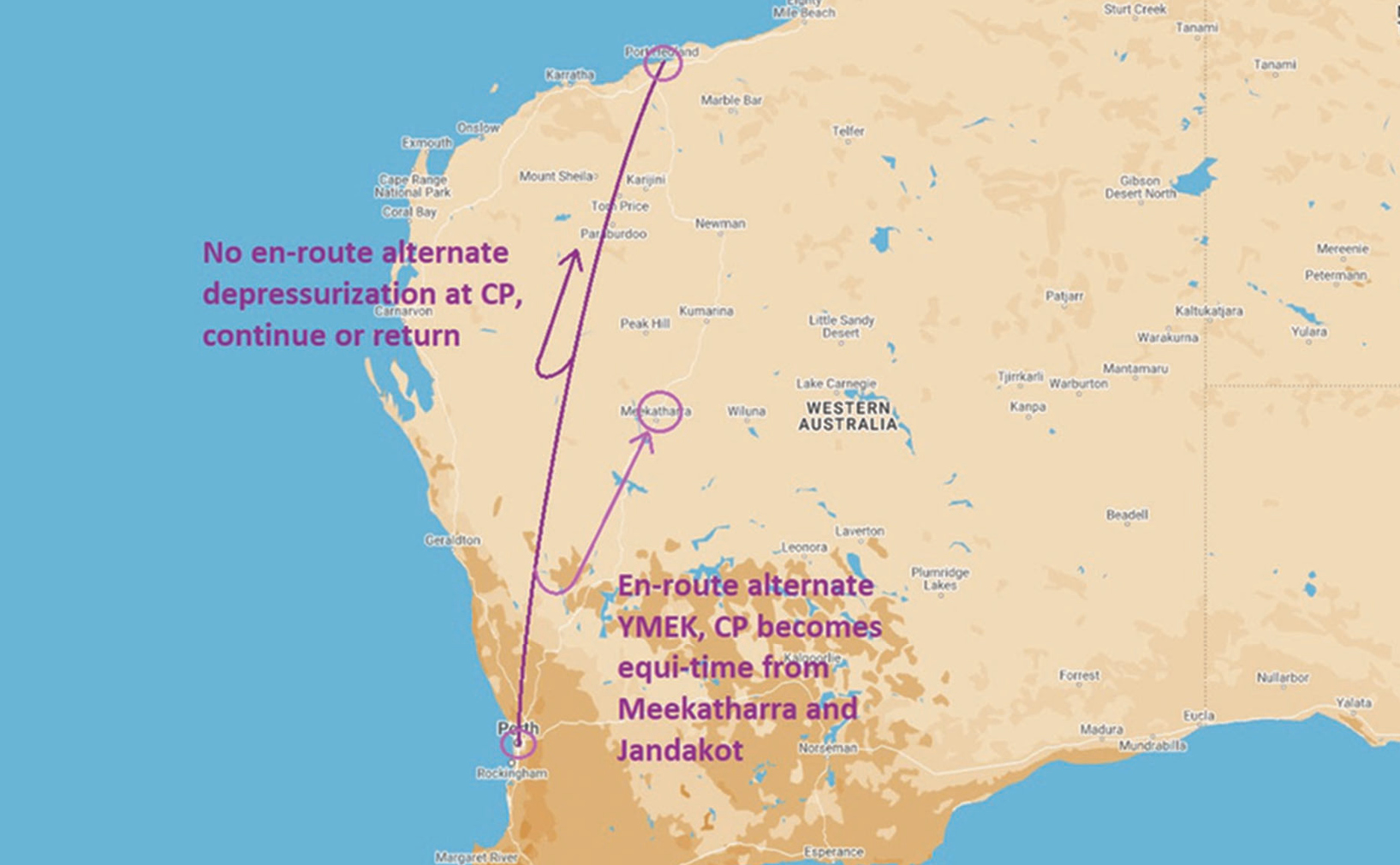
In WA, suitable alternates are relatively sparse. Many aerodromes lack lighting and, after 7 pm local time, some with lighting aren’t issued with a TAF; noting that, under the IFR, an alternate aerodrome requires an aerodrome forecast – Part 91 Manual of Standards 7.02 (4 & 5) – which further reduces the choice of an alternate. Newman, Meekatharra and Geraldton become the aerodromes of choice, providing of course they do not require an alternate or extensive holding – not always a given, particularly in summer where evening storms are common.
It is important to note that with or without a listed en route alternate, the additional fuel calculations assume the contingency fuel is untouched and available for use at the critical point. When flying without additional fuel, the pilot must protect the contingency fuel up to this point; use of any of this fuel will place the aircraft in a ‘below required fuel’ situation, where shortening the flight is the only realistic method to rectify the situation.
A good understanding
As with many aspects of flight planning, technology makes the process easier. The electronic flight bag (EFB) app I use on an iPad has additional fuel calculations integrated into the fuel planning process, including the ability to nominate en route alternates. Nomination of an en route alternate automatically generates a critical point for the depressurised and one-engine-inoperative scenarios and adjusts the additional fuel requirements accordingly.
However, it is important to understand the limitations of planning tools for automatic calculation of the depressurised or one-engine-inoperative critical points. Your EFB doesn’t understand that your departure location might not be suitable to return to if bad weather is forecast to arrive just after you depart. It doesn’t understand that you departed from an unlit strip and it’s now after last light, preventing a return. In these cases, manual calculation of the fuel required is necessary.
In practice, the challenge of managing additional fuel and en route alternates becomes making sure the numbers produced by planning tools match the reality of the flight ahead. Understanding what additional fuel is, and what CASR 91 requires you to consider, is key. Ultimately the question is, ‘Where would be the worst place for a depressurisation or engine failure?’
Considering that question, and coming up with a plan from that point, should give you confidence in whether additional fuel is required. 
Nick Stobie flew the PC12 for the RFDS in WA between 2018 and 2021.
Further reading
Plain English guide for general operating and flight rules is available.

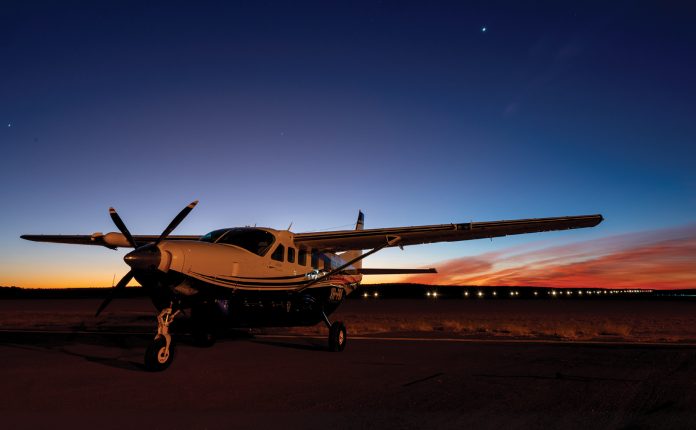
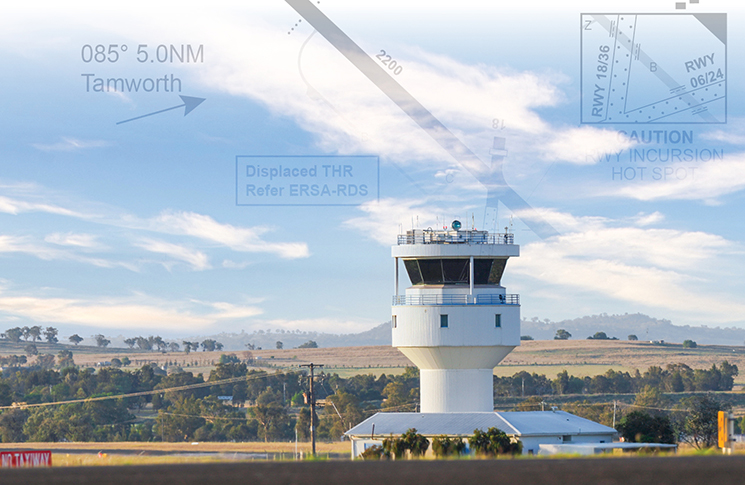
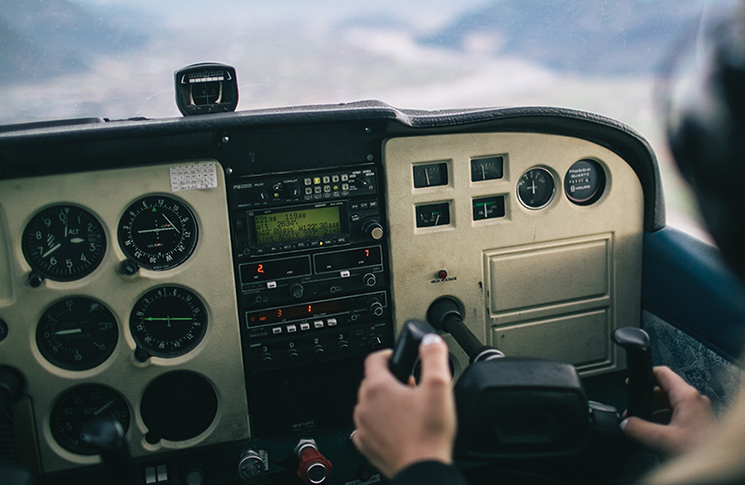
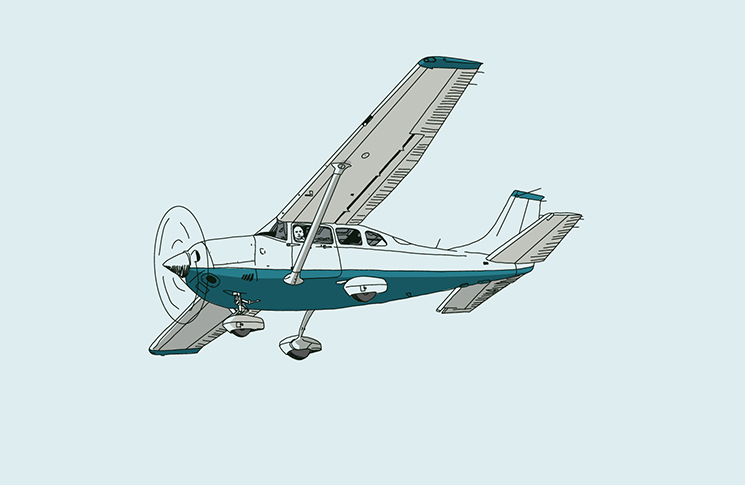

Excellent article Nicholas with advice that low hour pilots could practice and/ or simulate with every flight.